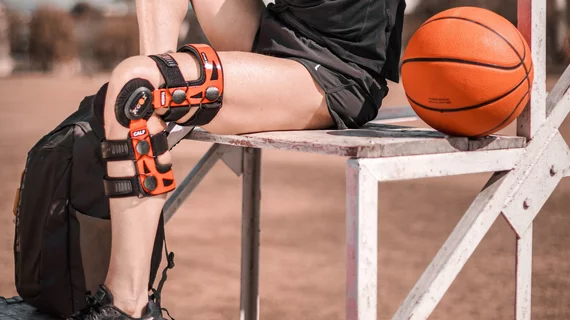AI and machine learning are adept at selecting good candidates for total joint arthroplasty and predicting which patients will and won’t experience post-op complications.
The tech tools also can be beneficially applied for projecting costs and lengths of stay.
They’re less reliable, however, at forewarning of opioid use, secondary surgery and hospital readmission.
Those are among the key findings of a literature review conducted by orthopedics researchers at New York-Presbyterian/Columbia University Irving Medical Center in New York City. The American Association of Hip and Knee Surgeons has published the team’s study in Arthroplasty Today.
Analyzing 49 representative research projects, senior author Jeffrey Geller, MD, and colleagues found AI/ML-based models were more than 95% accurate at selecting appropriate candidates for total joint arthroplasty of the hip and knee.
In addition, automated algorithms predicted costs at an 87%-accurate clip and lengths of stay at better than an 85%.
The tools’ accuracy fell off when assessed for foreseeing readmissions and reoperations (80%), postoperative pain (79%) and outcomes (75%).
“The accuracy of these predictive tools has the potential to increase with technological advancements and larger datasets, but these models also require external validation,” Geller and co-authors conclude. “Future work in AI/ML-based applications should aim at creating accurate commercially ready tools that can be integrated into existing systems and to fulfill their role as an aid to physicians and patients in clinical decision-making.”
In their discussion section, the team comments:
There are multiple benefits of AI/ML-based predictive modeling in hip and knee arthroplasties. First, AI/ML-based model capable of predicting the need for surgery remains an important tool for surgeons, given increased cost-consciousness with health-care expenditures. Hip and knee arthroplasty typically involve an older and highly comorbid patient population, and these tools can be especially helpful in identifying patient-specific needs and risks within this population. …
AI/ML is a powerful tool that can be broadly adopted in health care and, more specifically, within the field of hip and knee arthroplasty, to optimize patient outcomes, but the data sets upon which these models are trained on must be carefully constructed not only to be of a sufficient size but also to adequately represent the complexities of our patient population.”
The study is available in full for free.

